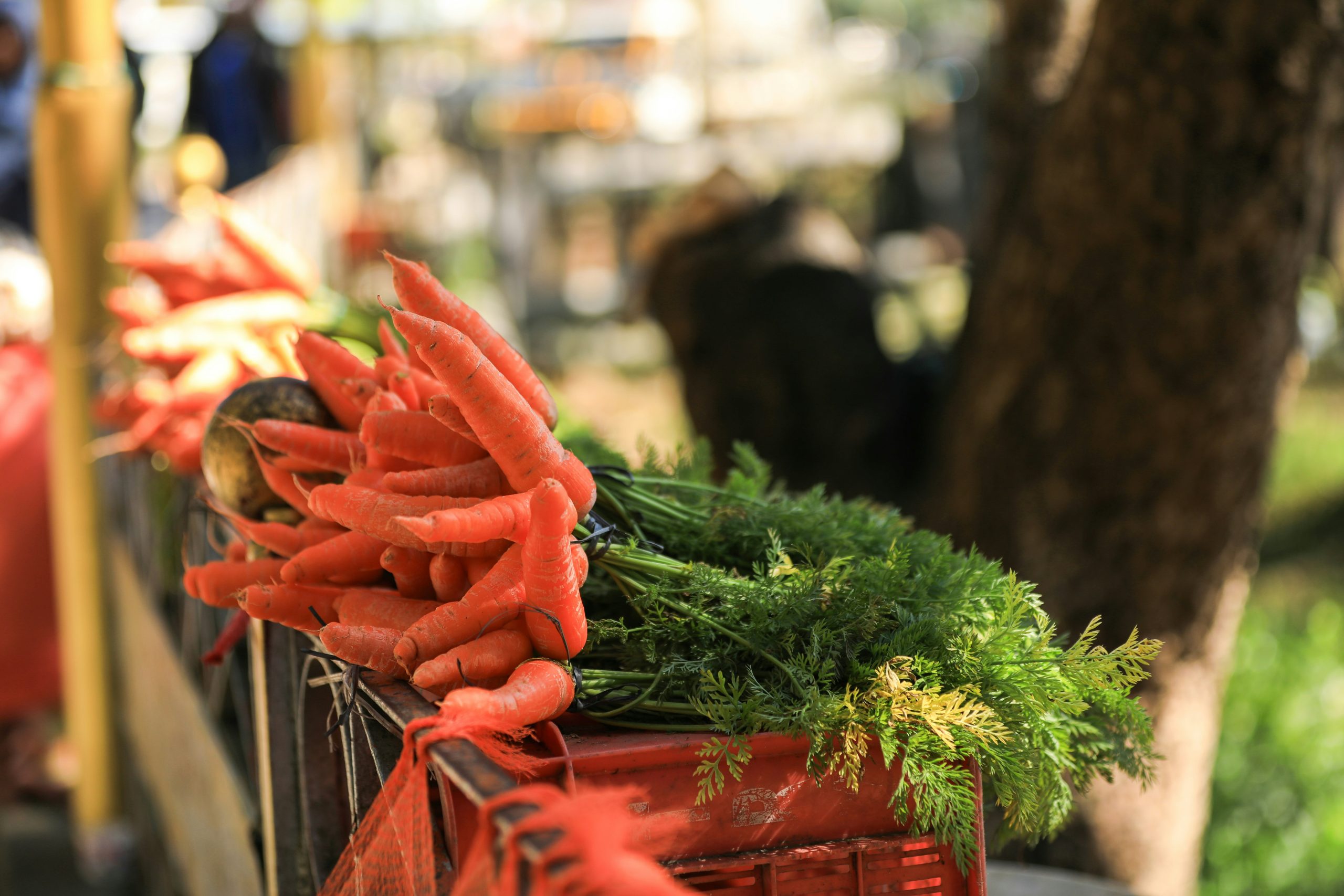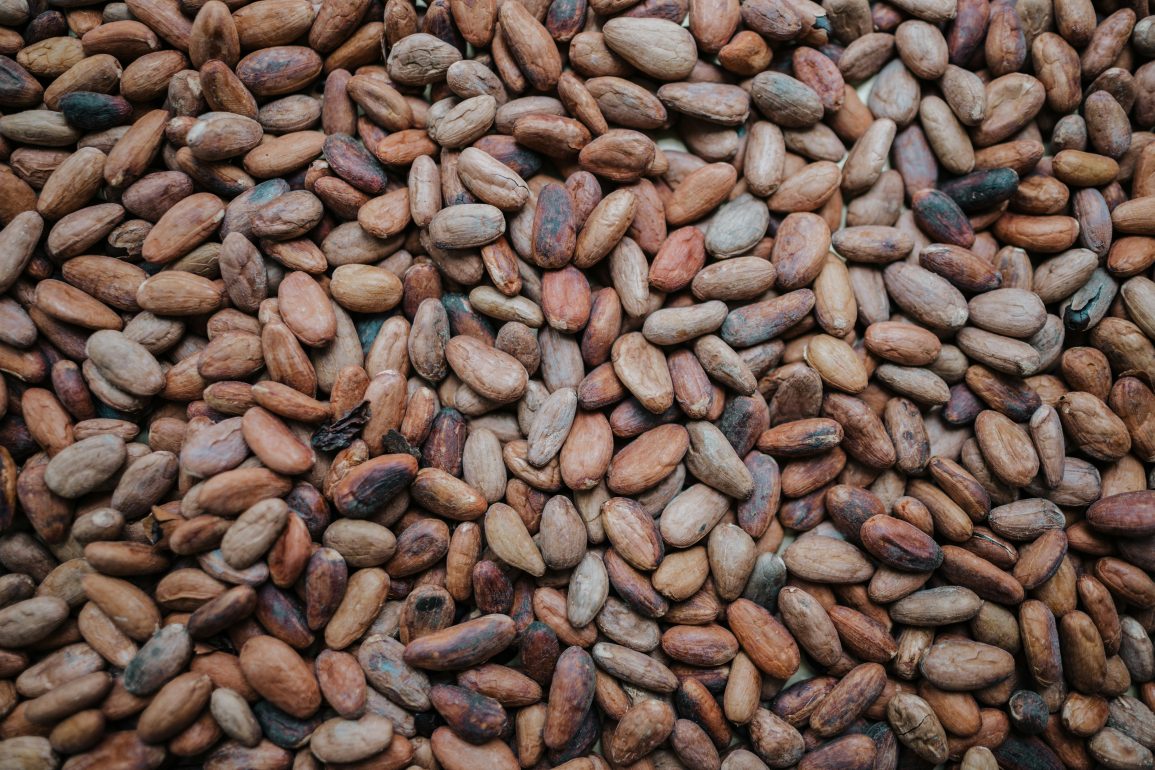In 2023, a significant surge in prices for raw materials exposed to El Niño is expected to impact consumers in the coming months, according to Rabobank, a specialist in food and agribusiness. The rally in soft commodities such as orange juice, cocoa, coffee, and sugar is driven by extreme weather and supply disruptions caused by El Niño.
El Niño, a climate phenomenon marked by a rise in sea temperatures in the eastern Pacific, has been linked to increased storms and droughts. Its effects, typically peaking in December, are creating global supply challenges.
For instance, Florida’s orange juice prices surged 80% in 2023 due to hurricane damage and disease, hitting an all-time high. Cocoa prices also jumped 64%, reaching a 46-year peak due to heavy rains and fungal issues affecting West African supplies.

Carlos Mera, Rabobank’s head of agri-commodities market research, highlighted that El Niño’s impact on sugar prices is significant. The weather pattern tends to make major sugar-producing regions drier, pushing prices higher. In contrast, the effect on cocoa prices is expected to be less severe.
This is because the cocoa market often involves forward selling, where future crops are sold in advance at lower prices. As a result, the higher cocoa prices will eventually be reflected in retail prices, likely affecting consumers in 2024.
While Rabobank predicts a sharp decline in global food price inflation after years of high costs, it also warns that some crops could suffer due to El Niño. However, crops in regions like the U.S., southern Brazil, and Argentina might benefit from these conditions.
The ongoing volatility in commodity prices underscores the far-reaching impacts of climate phenomena like El Niño on global markets.

